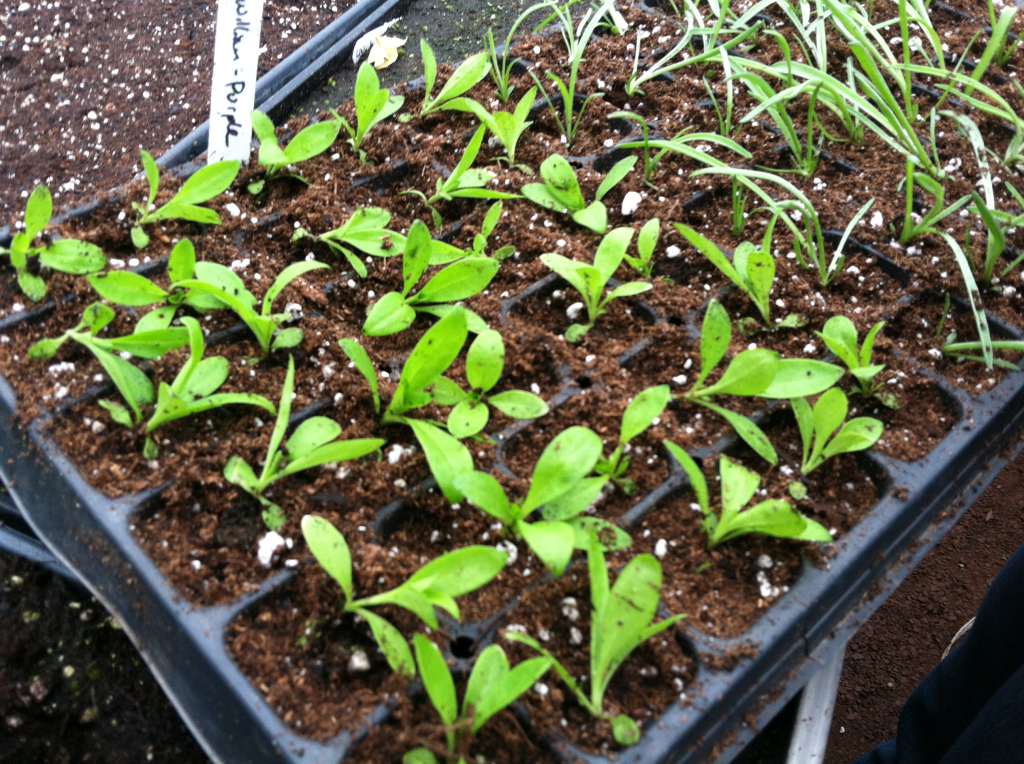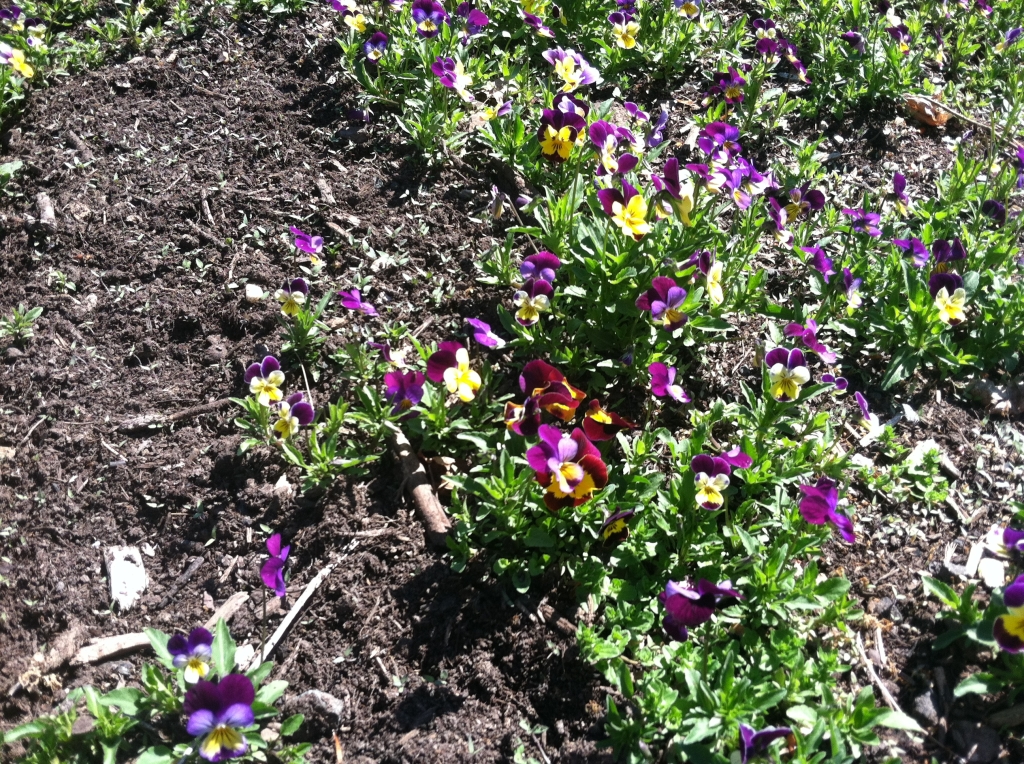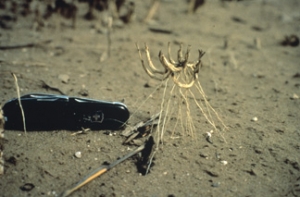What does it mean to transplant plants?
Here at Blue Moon Acres, we get a jump on spring by starting items that will be growing outside in the greenhouses first, using a method known as transplanting.
Transplanting literally means to uproot and replant. We begin the plants in the heated, warm greenhouses in trays, and then gradually transfer them to the ground. Transplanting enables us to start the seed in optimal conditions (the greenhouse), and also allows us to extend the growing season by beginning the plants indoors before they are able to survive outside.
We transplant items at both farms- cut flowers, edible flowers, herbs and vegetables in Buckingham, and our baby heads of lettuce and some vegetables in Pennington.

Patti transplanting flower seedlings into a large seed tray, so that the roots have room to spread out

Tray of seedlings in the greenhouse, in late February

Transplanted Johnny Jump Up’s growing happily outdoors in the flower garden in early May

